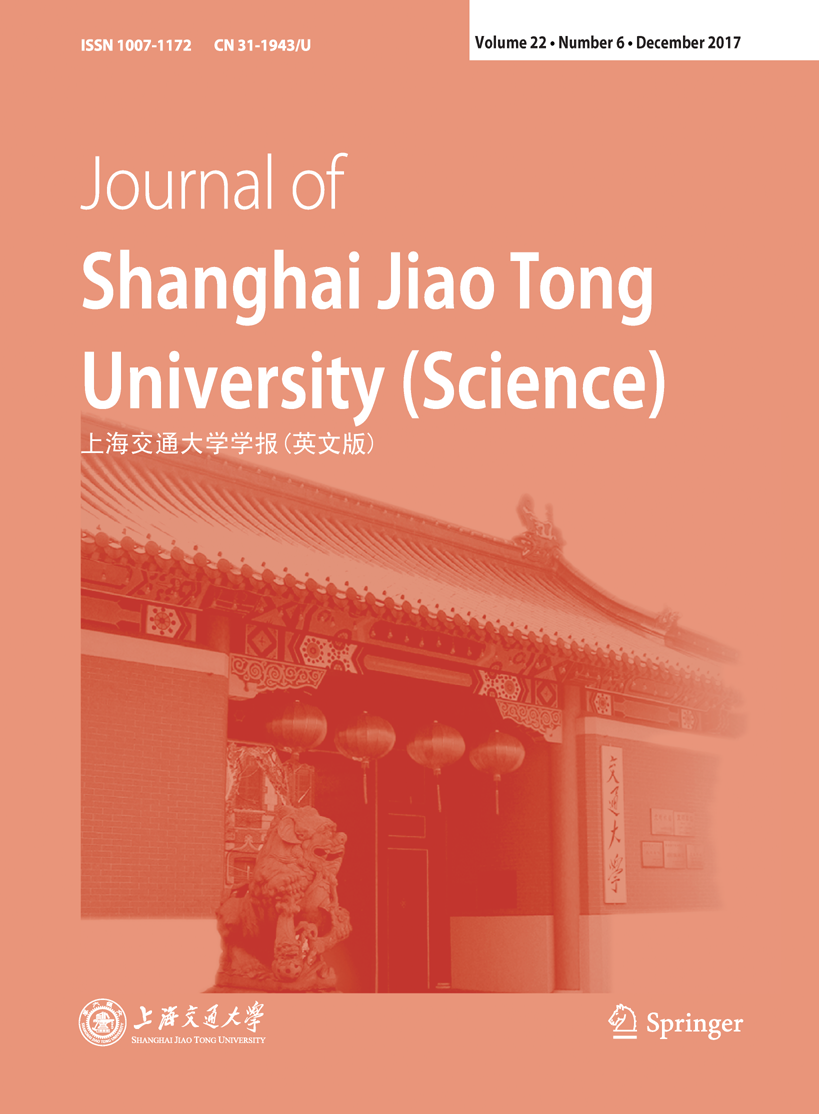|
|
Analyzing Behavior Differences of Occupied and Non-Occupied Taxi Drivers Using Floating Car Data
NIAN Guangyue1,2 (年光跃), LI Zhe2,3 (李喆), ZHU Weiquan4 (朱伟权), SUN Jian1,2* (孙健)
2017, 22 (6):
682-687.
doi: 10.1007/s12204-017-1890-9
As the travel purpose of non-occupied taxies is to find new passengers rather than to arrive at the
destination, large differences exist in the route choice behavior between the occupied and non-occupied taxies.
With the assistance of geographic information system (GIS) and taxi-based floating car data (FCD), this paper
investigates the behavior differences between occupied and non-occupied taxi drivers with the same origin and
destination. Descriptive statistical indexes from the FCD in Shenzhen, China are explored to identify the route
choice characteristics of occupied and non-occupied taxies. Then, a conditional logit model is proposed to model
the quantitative relationship between drivers’ route choice and the related significant variables. Attributes of
the variables related to non-occupied taxies’ observed routes are compared with the case of occupied ones. The
results indicate that, compared with their counterparts, non-occupied taxi drivers generally pay more attention
to choosing arterial roads and avoiding congested segments. Additionally, they are also found less sensitive to
fewer traffic lights and shorter travel time. Findings from this research can assist to improve urban road network
planning and traffic management.
References |
Related Articles |
Metrics
|

